
Whether you got your class ring in the 1980s or the 1880s, the metals used for making class rings have not changed all that much. The first class rings were given to graduates of West Point Academy in 1835. Since then, many high schools and colleges have adopted the tradition. While the designs that adorn class rings may change over time, the metals in class rings have remained relatively timeless.
10k Gold
The karatage of gold is determined by the mix of pure gold to alloy metal. The purest gold is 24k gold. The smaller the karatage, the less pure gold a class ring contains. In many cases, 10k gold has been the preferred gold for several reasons. First, it is more affordable than 14k gold or 18k gold. Next, it is stronger than higher karatage grades of gold. Finally, 10k gold is available in both white or yellow, so you have flexibility when trying to match colors to school colors or any gemstones you might like to have in your ring.
14k Gold
Some students in the 1980s opted for 14k gold because of its higher gold content. Like 10k gold, it is mixed with alloys to strengthen the gold and it is available in either yellow or white. Because 14k gold has a higher concentration of pure gold, however, it will cost more than 10k gold. Over time, though, 14k gold will retain its value as well.
Sterling Silver
For millennia, silver has been a more affordable option than gold in the precious metals market. It remains that way today, and it was the same way in the 1980s, which is why some class rings from the 1980s were made from sterling silver. While pure silver, or “fine silver,” is very soft and malleable, it can also be predisposed to more scratches and wear over time. That’s why class rings are made of sterling silver, which is only 92.5% pure silver and 7.5% copper for added strength.
White Ultrium
One non-common option used for class rings in the 1980s was the non-precious metal known as White Ultrium. This metal is an alloy that shines like silver or white gold, but is very strong, making it resistant to abrasions. Because it is not a precious metal, White Ultrium was a considerably more affordable option among metals for class rings of the 1980s.
Related Articles

Metal Types for Rings Similar to ...

Cubic Zirconia Vs. White Spinel

What Is 916 in Jewelry?

Can a White Gold Ring Be Made into ...

Tanzanite Vs. Diamonds
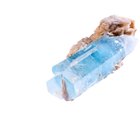
List of the Types of Semi-Precious ...

Engagement Rings From the 1980s

The Best Ways to Sell Class Rings
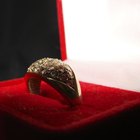
What Is 18 Carat Gold?

How do I Get White Gold Jewelry to ...
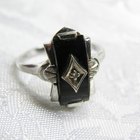
What Is Marcasite Jewelry?

What Is Stainless Steel Jewelry?

Tungsten Rings Vs. Stainless Steel Rings
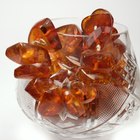
What Is Cognac Amber?
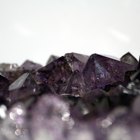
Types of Valuable Crystals

What Is the Difference in K and KT in ...
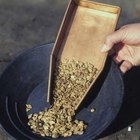
Difference Between 18K Gold Price & 24K ...

Sterling Silver vs White Gold Wedding ...

What Is Ceylon Sapphire?

Titanium Versus Silver Rings
References
Writer Bio
Geoff Hineman has been a professional writer since 2001. His work has appeared in Dodge Magazine, The Ann Arbor Paper and online. Hineman holds a Master of Arts in writing from Northern Michigan University.
Photo Credits
Hemera Technologies/Photos.com/Getty Images